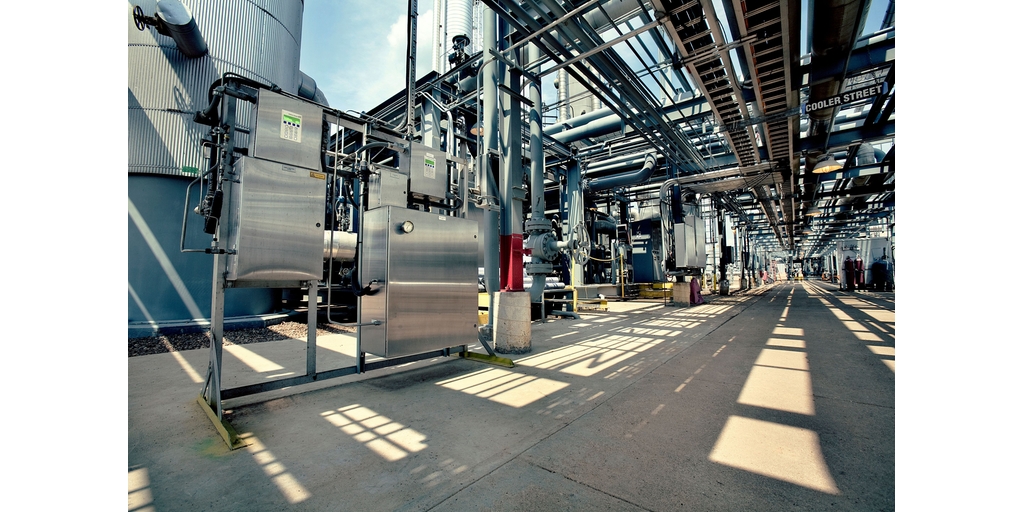H2S in natural gas production, storage and transportation
TDLAS technology to measure H2S in pipelines in the natural gas supply chain
H2S naturally occurs in oil and gas reservoirs. Produced gas containing high levels of H2S requires treatment to avoid corrosion problems. Gas companies use different technologies to sweeten natural gas. Common processes include directly injected liquid scavengers, chemical amine treating systems and granular solid scavengers. Some processes require the gas to be saturated with moisture. Close proximity to the outlet of a sweetening plant increases the chance of liquid carryover.

Benefits at a glance
Low maintenance
No tape, no light source or probe replacement, no carrier gas
Repeatable, fast measurements
No field recalibration needed
Reliable in harsh environments
Issues with traditional measurements
H2S measurements have traditionally been performed using lead acetate tape. This type of analyzer utilizes mechanical systems that feed a roll of tape through a sensor that detects stains on the tape caused by reaction with H2S. The analyzers require a great deal of maintenance, the tape contains lead that must be handled accordingly, and the systems are prone to failing low (unsafe).
Endress+Hauser’s solution
Tunable diode laser absorption spectroscopy (TDLAS) was introduced to hydrocarbon applications by Endress+Hauser using SpectraSensors technology more than a decade ago. The rugged nature of these laser-based analyzers has allowed them to be used in natural gas pipelines with very little maintenance, no interference, and with no detrimental effects from glycol, methanol, amine, moisture slugs, etc.
